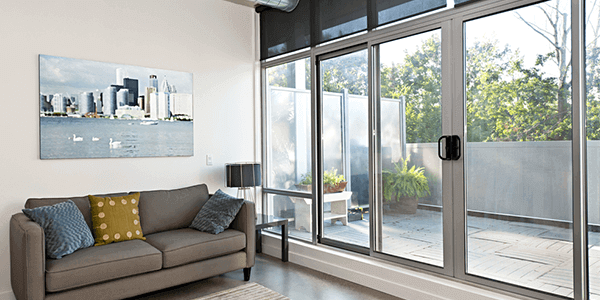
When it comes to revolutionizing the look of your home interiors, the use of uPVC profiles for windows play a major role. uPVC windows in India are quite popular amongst those who believe in the concept of modern home design. The aesthetic look, low maintenance and high durability of uPVC as compared to other products such as aluminium and wood make it an outstanding choice for windows. But have you ever wondered how uPVC windows are made?

Well, the answer to the above question lies in first understanding what uPVC is and its important properties.
uPVC and its properties
uPVC is a type of synthetic polymer that finds many applications in construction. The term stands for unplasticized polyvinyl chloride. While PVC is a very common lightweight material, its weight is reduced and its flexibility is increased with the addition of plasticizers. Therefore, when these additives are not added to the compound, PVC remains ‘unplasticized’, resulting in a more rigid and robust material.
What makes uPVC an optimum material for construction is the number of advantageous properties that it possesses:
1. It is highly durable and requires minimum to no maintenance at all.
2. It comes in a variety of colours and shades, is easy to install and repair, and can be modified according to one’s wishes.
3. It does not rot or the finish on it doesn’t fade even after years of usage.
4. It is an excellent insulating material, thus helping you keep your house warm during winters and cool during summers.
5. It is resistant to pollution, cannot be as easily removed or damaged by burglars as aluminium profiles, and also helps in keeping external noise at bay.
It is due to these properties that uPVC is utilized in framing and profiling doors and windows. Let’s now take a look at how uPVC windows are manufactured.
Manufacturing process of uPVC windows
uPVC starts out as a powder with added stabilizers in an extrusion plant. It is later on converted to molten state, and the liquid is then injected through a die which is shaped in the form of the desired profile (in this case, a windows frame). Almost immediately, the profile is rapidly cooled or quenched with water which allows it to strengthen and solidify. Thereafter, the profiles are cut out at the desired lengths and joined together in the shape of the required window using heat fusion welding. For added reinforcement, galvanized steel sections are fixed inside the profiles.
Later on, specialized glass such as toughened glass and laminated glass is fitted in the profiles to create secure, noise-cancelling, and energy efficient glass windows for use at home or offices.